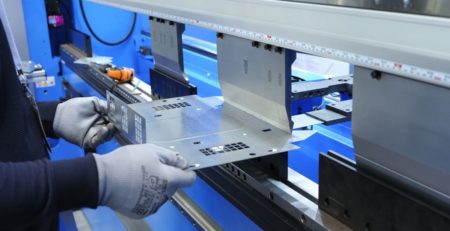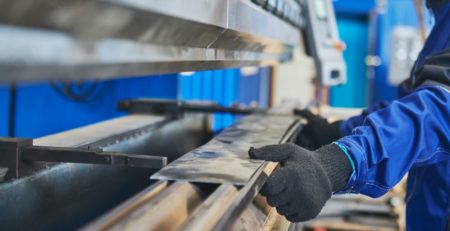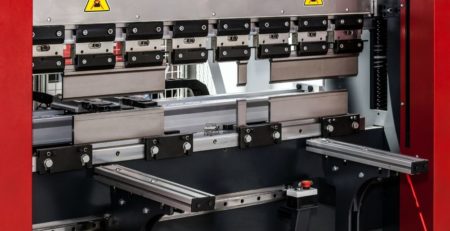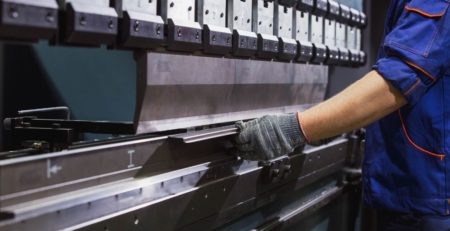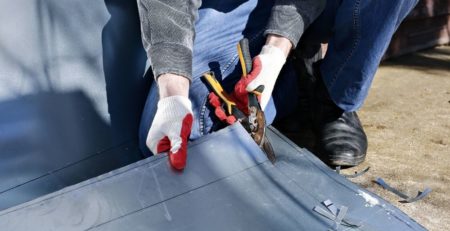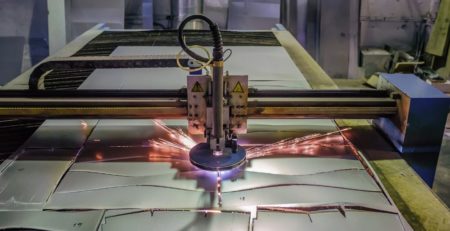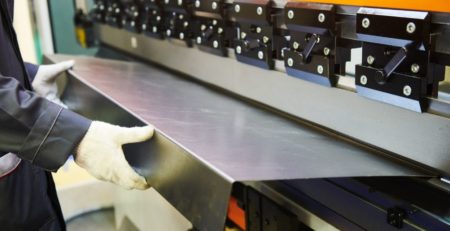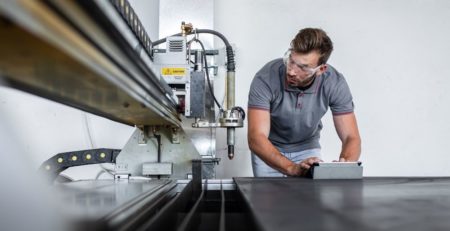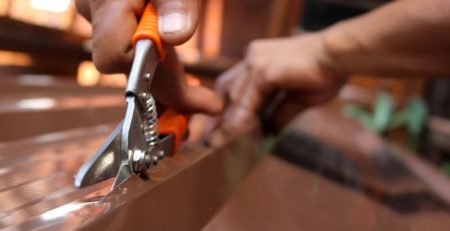The Difference Between Pneumatic and Hydraulic Press Brakes
Press brakes are the workhorses of metal fabrication shops. With various options available, it’s important to understand the difference between pneumatic and hydraulic press brakes. Weighing their benefits and drawbacks will help you make an informed decision on which type is best for the jobs in your shop.
Pneumatic Press Brakes
Pneumatic press brakes use compressed air to generate the force needed for bending sheet metal. They consist of a system of air cylinders and valves that pressurize air or another gas which then provides the force for the movement of the press brake’s ram. Pneumatic press brakes generally function in lighter applications with lower tonnage requirements.
Hydraulic Press Brakes
On the other hand, hydraulic press brakes use a hydraulic fluid system to generate force for bending sheet metal. They feature a series of hydraulic cylinders that convert fluid pressure into mechanical force, which they apply to the ram. This results in higher tonnage capabilities compared to pneumatic press brakes, making them ideal for heavy-duty applications.
Comparing Pneumatic and Hydraulic Press Brakes
We’ll compare important aspects of these two types of press brakes here to give you a clearer idea of their distinctions.
- Speed: Pneumatic press brakes outshine their hydraulic counterparts when it comes to speed, as the movement of compressed air is relatively fast. Faster operation is an advantage in a fast-paced production environment. However, this speed may sometimes result in a compromise in accuracy.
- Tonnage: When it comes to tonnage, hydraulic press brakes are the indisputable winner. They have capacities of up to several thousand tons. This makes them more suitable for heavy-duty and demanding applications, including bending thicker metal. Pneumatic press brakes, in contrast, are for lighter jobs with lower tonnage requirements.
- Accuracy: Higher accuracy comes with hydraulic press brakes that feature CNC controls. The hydraulic fluid system allows for more precise control over the ram’s movements. Pneumatic press brakes, though faster, may sometimes sacrifice accuracy for speed.
Making the Right Choice for Your Shop
Ultimately, your shop’s specific needs and priorities determine your choice of press brake. Pneumatic press brakes are often suitable for smaller workshops handling lighter materials that require quick operation. Meanwhile, hydraulic press brakes are the go-to choices for larger shops that work with heavier materials that highly value precision.
As a metal fabrication professional, understanding the difference between pneumatic and hydraulic press brakes will enable you to make an informed decision that’ll enhance your shop’s productivity and efficiency.



